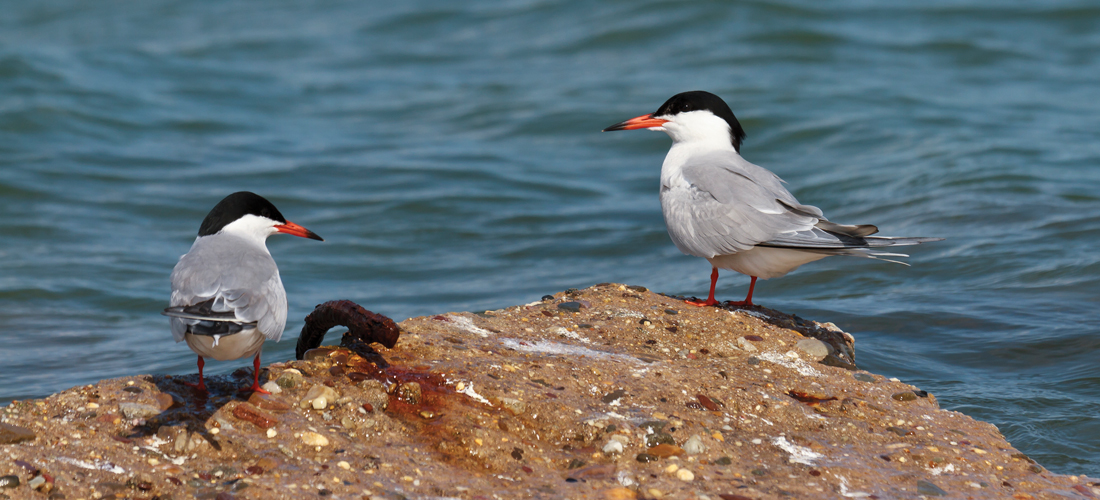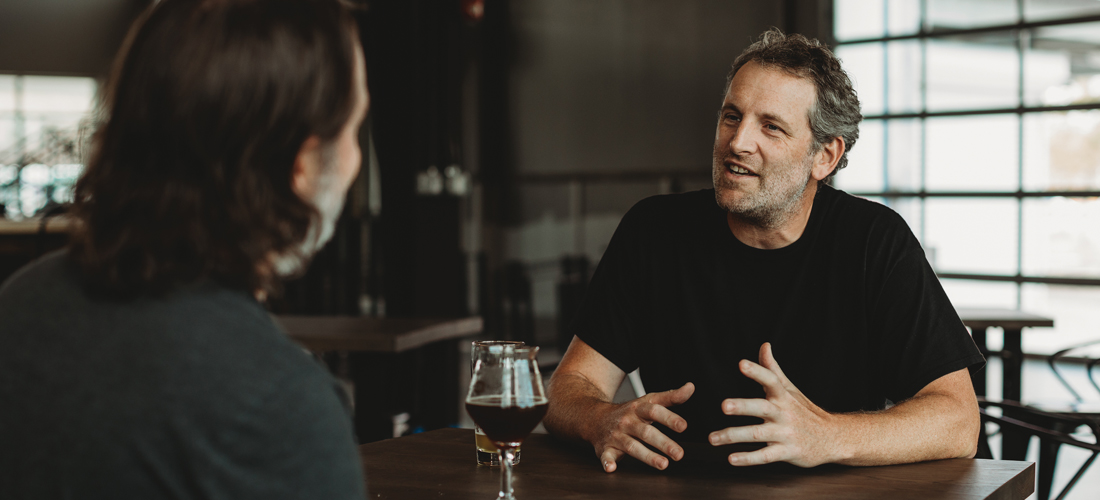The Wisdom of Stars
When in doubt, look up . . . and within
By Jim Dodson
“When I have a terrible need of — dare I say, ‘religion’? — then I go outside at night and paint the stars.”
— Vincent Van Gogh
Most mornings when I’m home, several hours before sunrise, rain or shine, you can find me sitting in an old wooden chair in my front yard, the day’s first cup of Joe in hand, soaking in the deep silence and looking at the sky.
I don’t paint the stars but I sure enjoy gazing on them with the aid of my iPhone’s nifty Star Guide, allowing this Earthling to identify constellations and the seasonal movement of planets. Even on cloudy or rainy mornings, Star Guide — like Superman’s X-ray vision — can penetrate the clouds, a reminder that a glorious universe and a lovely mystery await just beyond, always there.
As spiritual practices go, my predawn ritual was born on a forested hilltop near the Maine coast 30 years ago. A serious early riser since boyhood, I began stepping outside simply to see how my neighbors fared overnight, especially on November’s sharply colder nights, heralding another hard winter on the doorstep.
The “neighbors” I speak of were the woodland creatures that surrounded our peaceful kingdom off the long-abandoned Old Town Road that ran through a 500-acre forest of birch and virgin hemlock pocked with kettle holes from the receding Ice Age, woods dense with fiddlehead and cinnamon ferns, laurel hells and wild vernal springs.
Like the stars overhead, they were always there, palely loitering at the edge of the yard in the moonshine and starlight: the small clan of whitetail deer that fed off the sorghum pellets I provided through the harshest nights of winter; a flock of wild turkeys that displayed absolutely no fear of our dogs; the massive lady porcupine who waddled through the backyard from time to time (I nicknamed her Madame Defarge after Charles Dickens’ infamous revolutionary knitter), pausing to feed on my frost-wilted hostas; not to mention a young bull moose that hung around our neck of the woods for almost two years, apparently looking for a girlfriend, an age-old story.
Perhaps the toughest creatures by far were the tiny black-and-white chickadees that showed up at our side-yard feeders after the coldest Arctic nights imaginable, day-after-day, season-after-season, year-upon-year, no more than a handful of feathers and a tiny beating heart, teaching me something about the divine force at play.
Our house was a simple post-and-beam affair, a classic Yankee saltbox that I designed and helped build with my own hands, made of rugged beams hewn from Canadian hemlock. Those beams spoke to me at night, especially as we both aged, cracking and sighing and settling year after year. The surrounding gardens took me almost two decades (and most of my kids’ college funds) to build, beginning with the ancient stone walls of the farmstead that once existed on our hilltop more than a hundred years before us. Our predecessors grew corn and pole beans. I grew English roses, lush hydrangeas and heavenly lilacs, not to mention hostas as big as Volkswagens. Part of my annual November ritual after topping up my woodpile was to erect my Rube Goldberg plant protectors that could withstand being buried for months in the coming snow.
Back then, I believed this was my little piece of heaven, the rugged homestead I’d made for my family on a star-swept hill in Maine; the place I would quietly spend the balance of my days on Earth, writing and woolgathering, walking the spring and autumn woods and the Old Town Road with the dogs, forever revising my ever-changing garden, feeding the locals and memorizing the stars of the northern firmament in frosty autumn darkness. Over those two decades, I saw super moons and dozens of shooting stars — and once even the shimmering Northern Lights.
I loved that life and held it against my bones as long as I could. And then I let it go, have never been back, though I still have dreams about that house, those woods, those deep snows and frozen stars, not to mention my former woodland neighbors.
But home — this home, Carolina — unexpectedly called and I couldn’t ignore the summons. My late Southern grandmother, a grand old Baptist lady who knew the Scriptures cold, loved to say — like Thoreau, like the poet T.S. Eliot, like her husband Walter’s own grandmother, a gentle natural healer her neighbors called Aunt Emma — that life is simply a great hoop, a sacred circle, that the end of our explorations is to discover the place where we began and know it for the first time.
For better or worse, I have followed this cosmic script with the faith of a mustard seed, and now I am blessed to have beautiful Southern stars and an old forest of a different kind sheltering overhead, the towering oaks of my boyhood neighborhood, guardians of different early morning companions that are just as wild in their own suburban ways.
In place of Madame Defarge and a lovesick moose, we are visited before dawn by feeding rabbits and an owl that dolefully hoots like clockwork down the block as I sit back and study the stars, sipping my coffee, marveling at the scene overhead, as glorious as any medieval cathedral or walled City of God.
Spiritually speaking, I suppose I am what a dear friend calls a cosmic wanderer, a religious mongrel in love with the writings of the Sufi poet Hafiz, Pierre Teilhard de Chardin, the Upanishads, a little Ralph Waldo Emerson, a lot of Billy Collins and Mary Oliver, a dash of Joe Campbell and Charles Wesley’s hymns, spiced by the Bhagavad Gita and the mystic Meister Eckhart, all nicely summarized by the wisdom of my old friend Katrina Kenison, who wrote in her splendid book Magical Journey, An Apprenticeship in Contentment: “We are all one. We need only look more deeply into the nature of who we really are to see that our sense of isolation is an illusion and to have our separateness ameliorated by union. I might be but one small thread in a vast fabric, but there’s comfort in imagining the eternal interplay between my own small, temporal life and all there is.”
They’re all with me in the starry darkness, this merry band of voices.
With luck, if there is a wind in the darkness, the large Canterbury chimes I gave to my bride for our 15th anniversary — that took me the better part of an entire spring afternoon to hoist and secure in the massive white oak out back — may play three or four notes, sometimes sounding like a Buddhist bell calling one to mindfulness, other times — and I swear on my worn-out copy of Walden that this is gospel truth — the first five notes of Amazing Grace.
I cannot explain how or why this happens, but I’ve heard it with my own ears and believe it with my own heart. Likewise, I can’t explain or justify why most things happen in this passing life — joy, sorrow, tragedy, redemption — but grace certainly helps one face the day, whatever it brings.
November brings forth the two brightest planets in the Southern sky, Mars and Venus, gracing dusk and dawn like a blessing and benediction respectively while Orion, lord of our coming winter’s nights, rises below Taurus and the Pleiades in the East as Summer’s Triangle fades in the West.
The clear autumn sky never fails to make me feel both puny and thrilled by the knowledge that this same unchanging sky shone over Plato and Aristotle as they taught their students, Galileo on his balcony peering at the clockwork heavens, Marcus Aurelius penning his soulful Meditations on a lonely Roman frontier, Jesus praying in the wilderness, English lords signing the Magna Carta, Jefferson jotting notes about human independence, Lincoln speaking at Gettysburg, women marching for the vote, four brave college students sitting down at a whites-only lunch counter, the discovery of the God Particle and a phone that can see through clouds like Superman.
Beneath November’s clear and changing skies, as the soul leans inward, I use my iPhone’s wondrous Star Guide to identify the stunning moons of Jupiter, suddenly remembering C.S. Lewis’ observation that, contrary to our collective belief, we are not the center to the universe because “the center of the universe is actually everywhere.” Jesus’ version of this ancient truth may be the greatest metaphor of all for describing the potential transformation of human consciousness yet to come — that the “Kingdom of Heaven” is not somewhere up or out there — but patiently waiting for discovery deep inside us.
Perhaps human consciousness is beginning to understand that the force we call “God” is simply a streaming river of light and unconditional love that flows everywhere and through everything, as true and present as the stars that literally surround our small fragile planet wreathed in clouds or hidden by the brightest light of day, reassuringly there though we can’t — or choose not to — see it.
Not long ago, I read somewhere that the late astronomer Carl Sagan — a confirmed agnostic — believed there may be as many stars as there are grains of sand on Earth, billions of stars in hundreds of universes bearing untold numbers of unimaginable gifts. The November star child in me sure hopes this proves true.
God only knows what adventures await us. b
Contact Editor Jim Dodson at [email protected].


